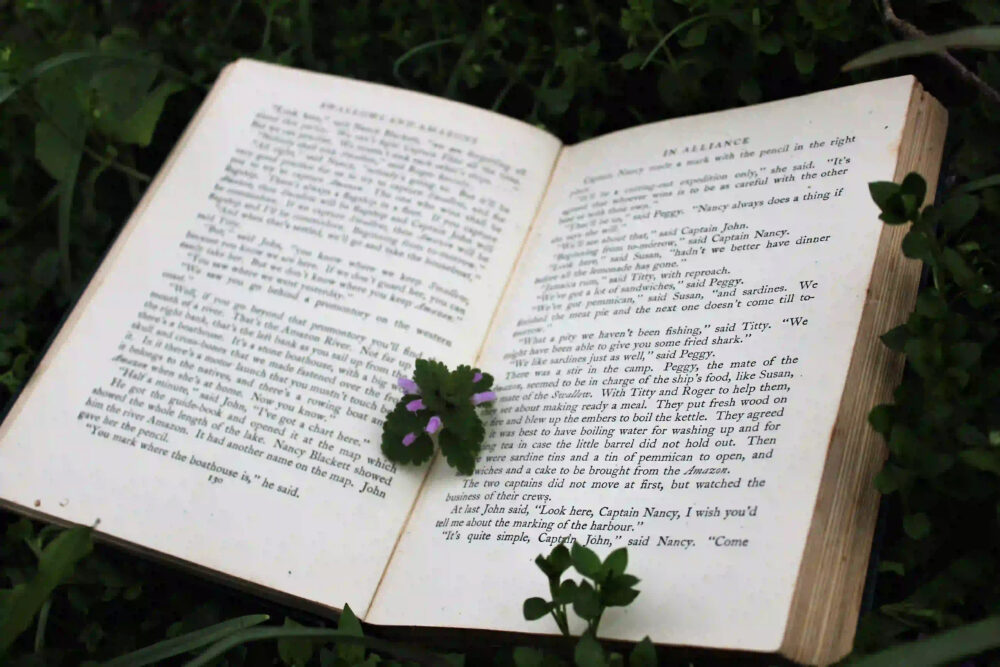The allure of mystery has captivated readers for centuries, drawing them into the labyrinth of clues, suspects, and red herrings that make up the intricate world of detective fiction. From the classic tales of Sherlock Holmes to the modern thrillers of Agatha Christie, the art of mystery writing has evolved and flourished, leaving an indelible mark on the literary landscape. In this blog post, we will delve into the captivating realm of whodunit in detective fiction, exploring the techniques, tropes, and timeless appeal of the genre.
The Essence of Whodunit
At the heart of detective fiction lies the enigma of whodunit – the compelling question that drives the narrative and engages the reader’s intellect. The art of crafting a captivating whodunit involves a delicate balance of misdirection and revelation, leading the reader through a maze of clues and suspicions to a satisfying and unexpected resolution. The careful planting of clues, the artful manipulation of motives, and the subtle interplay of characters are all essential elements that contribute to the allure of a well-executed whodunit.
The Role of the Detective
Central to the whodunit is the figure of the detective – the keen-minded, often enigmatic protagonist who unravels the intricacies of the mystery. Whether it’s the astute reasoning of Hercule Poirot, the deductive prowess of Sherlock Holmes, or the unorthodox methods of unconventional sleuths, the detective serves as the linchpin of the narrative, guiding the reader through the labyrinthine puzzle of the mystery. The evolution of the detective figure, from the classic archetype to the contemporary anti-hero, reflects the enduring fascination with the enigmatic figures who navigate the murky waters of crime and deception.
The Art of Misdirection
A hallmark of a compelling whodunit is the artful use of misdirection – the subtle, often deceptive techniques employed to lead the reader astray. Red herrings, false leads, and intricate subplots all contribute to the intricate tapestry of misdirection that keeps the reader guessing and second-guessing the true identity of the culprit. The masterful manipulation of suspicion and uncertainty is a hallmark of skilled mystery writers, who deftly weave a web of intrigue that keeps the reader eagerly turning the pages in search of the elusive truth.
The Timeless Allure of Detective Fiction
What is it about detective fiction that continues to captivate readers across generations? The timeless appeal of the genre lies in its ability to engage the intellect, stimulate the imagination, and provide a tantalizing escape into a world of riddles and revelations. The thrill of the chase, the satisfaction of piecing together the puzzle, and the intellectual gratification of solving the mystery are all elements that contribute to the enduring popularity of detective fiction.
In conclusion, the art of mystery in detective fiction is a rich tapestry of intrigue, intellect, and innovation, weaving together the timeless appeal of whodunit with the enduring allure of the detective figure. From the classic tales of deduction to the modern thrillers of psychological suspense, the genre continues to evolve and enthrall, leaving readers spellbound by the enigma of the unknown.
So, dear reader, as you embark on your next literary journey into the world of detective fiction, may the thrill of the chase, the allure of the enigma, and the satisfaction of unraveling whodunit be your constant companions, guiding you through the labyrinth of clues and revelations that await.
Happy sleuthing!
